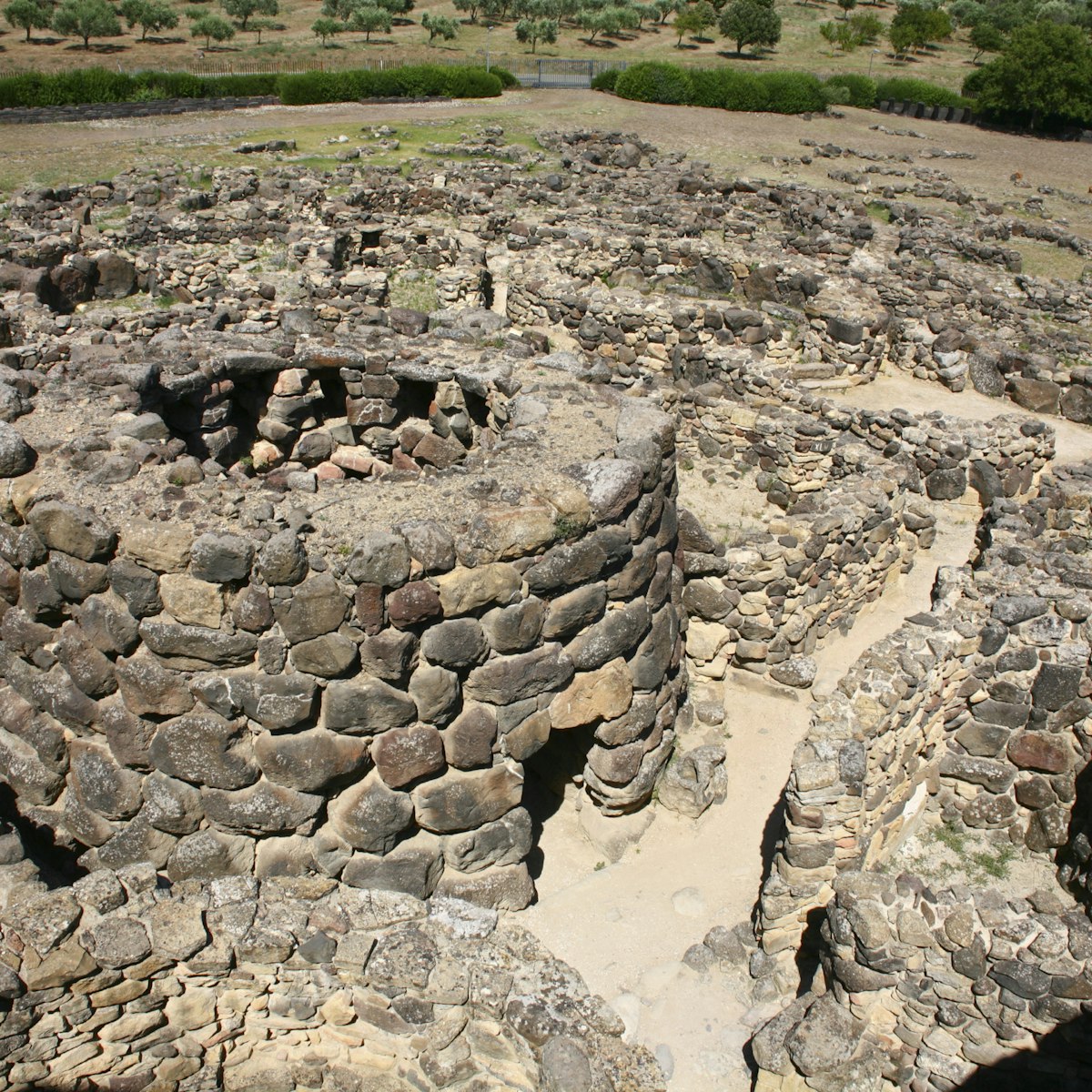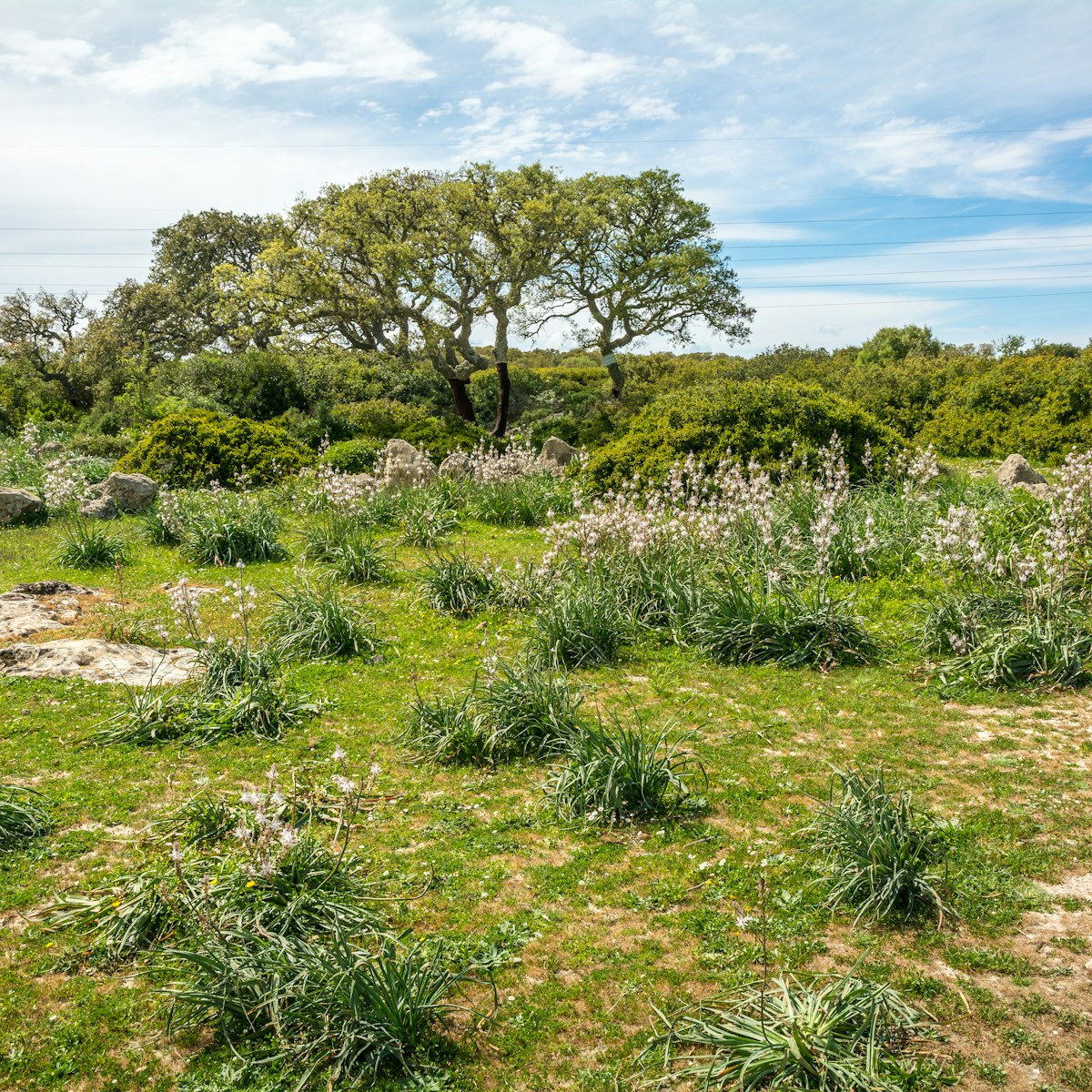Occupying an elegant 19th-century palazzo, this delightful museum exhibits a collection of 40 menhirs (billed as the largest such collection in the Mediterranean region). Taken from sites across the surrounding area, these stark anthropomorphic slabs are strangely compelling. Little is known of their function, but it’s thought that they were connected with prehistoric funerary rites. In the backlit gloom they appear all the more mysterious, the shadows emphasising the faded sculptural relief that suggests whether they are ‘male’ or ‘female’.
If you find this interesting, you may want to detour to Pranu Mutteddu, 56km further south, where you can see them in situ.


